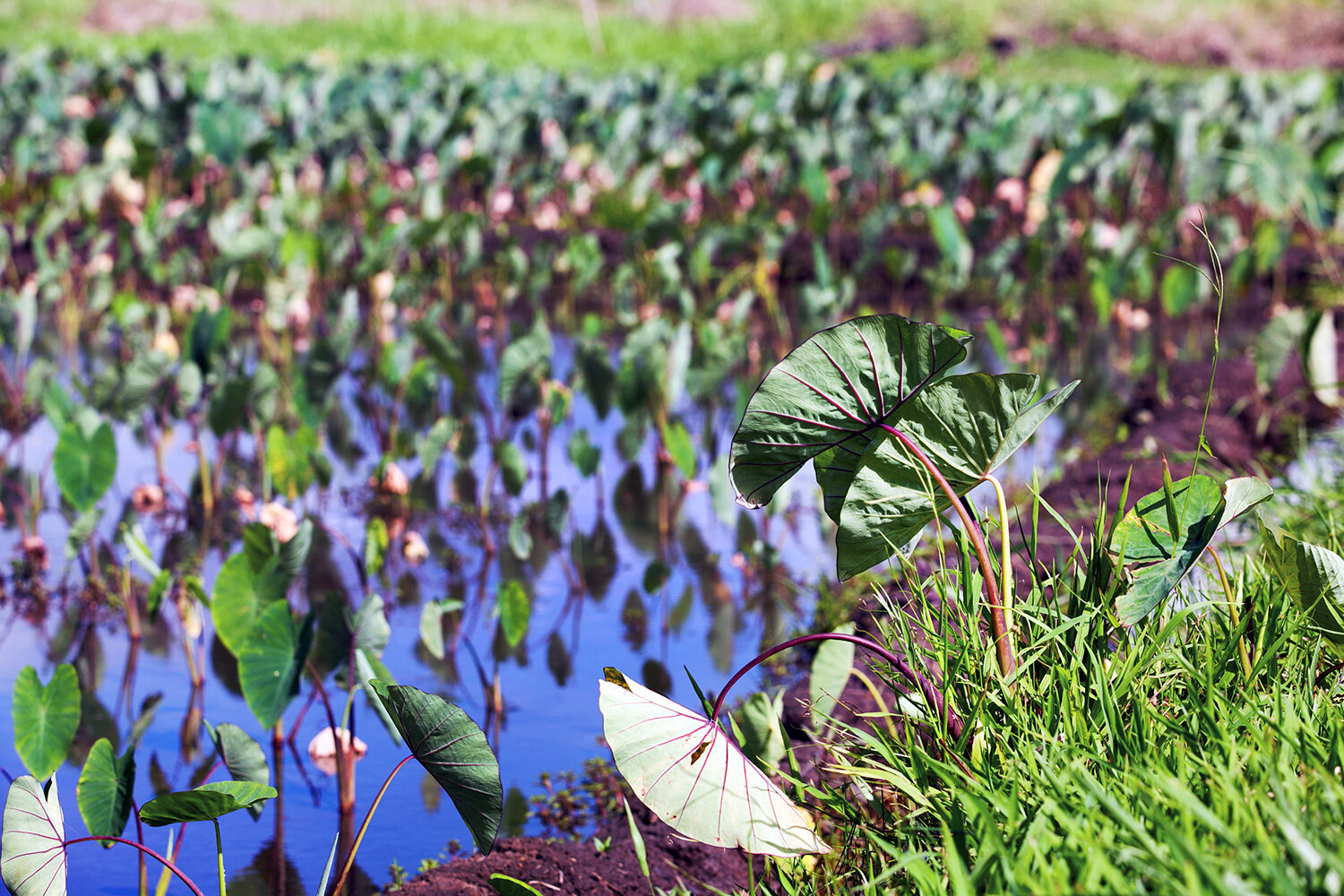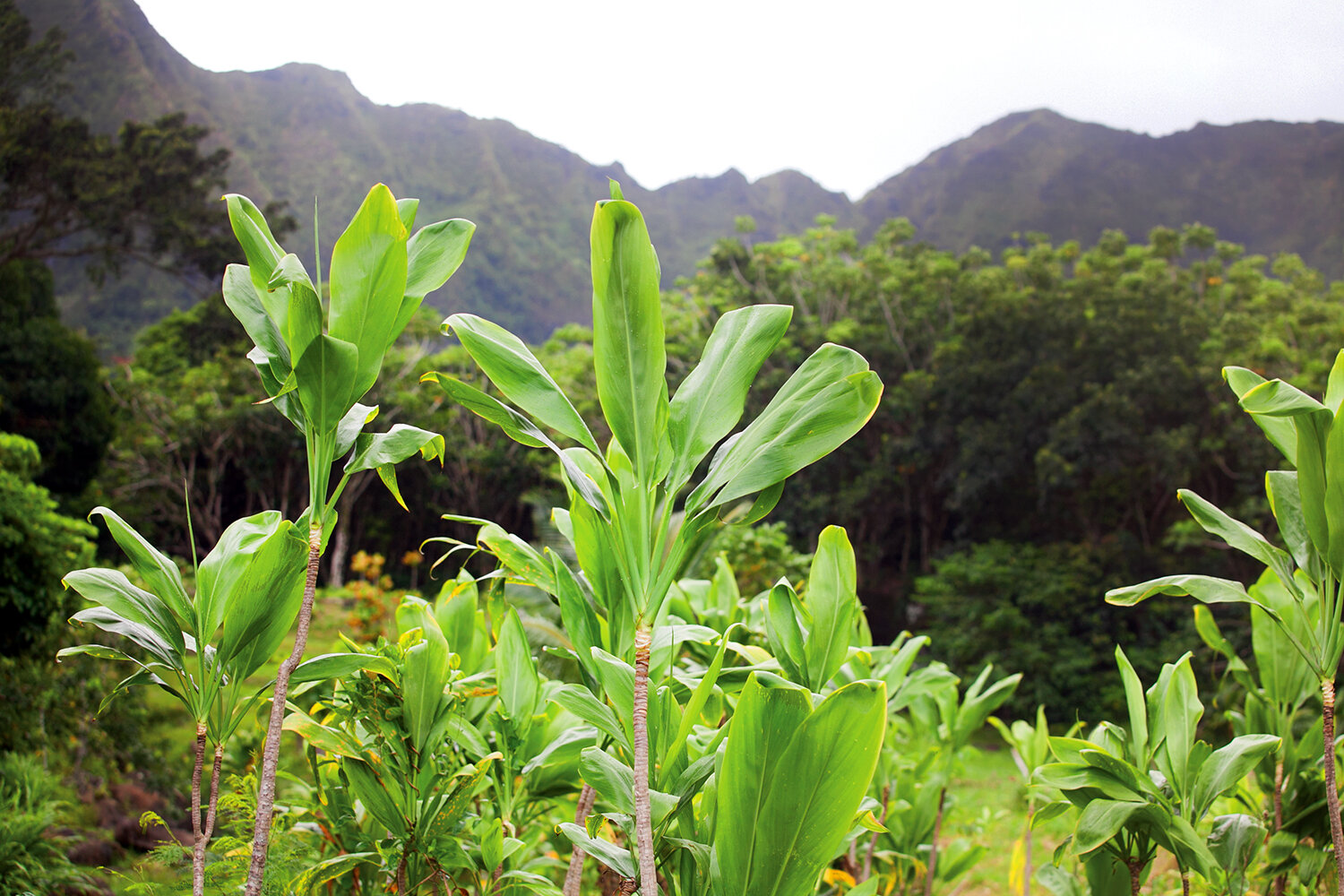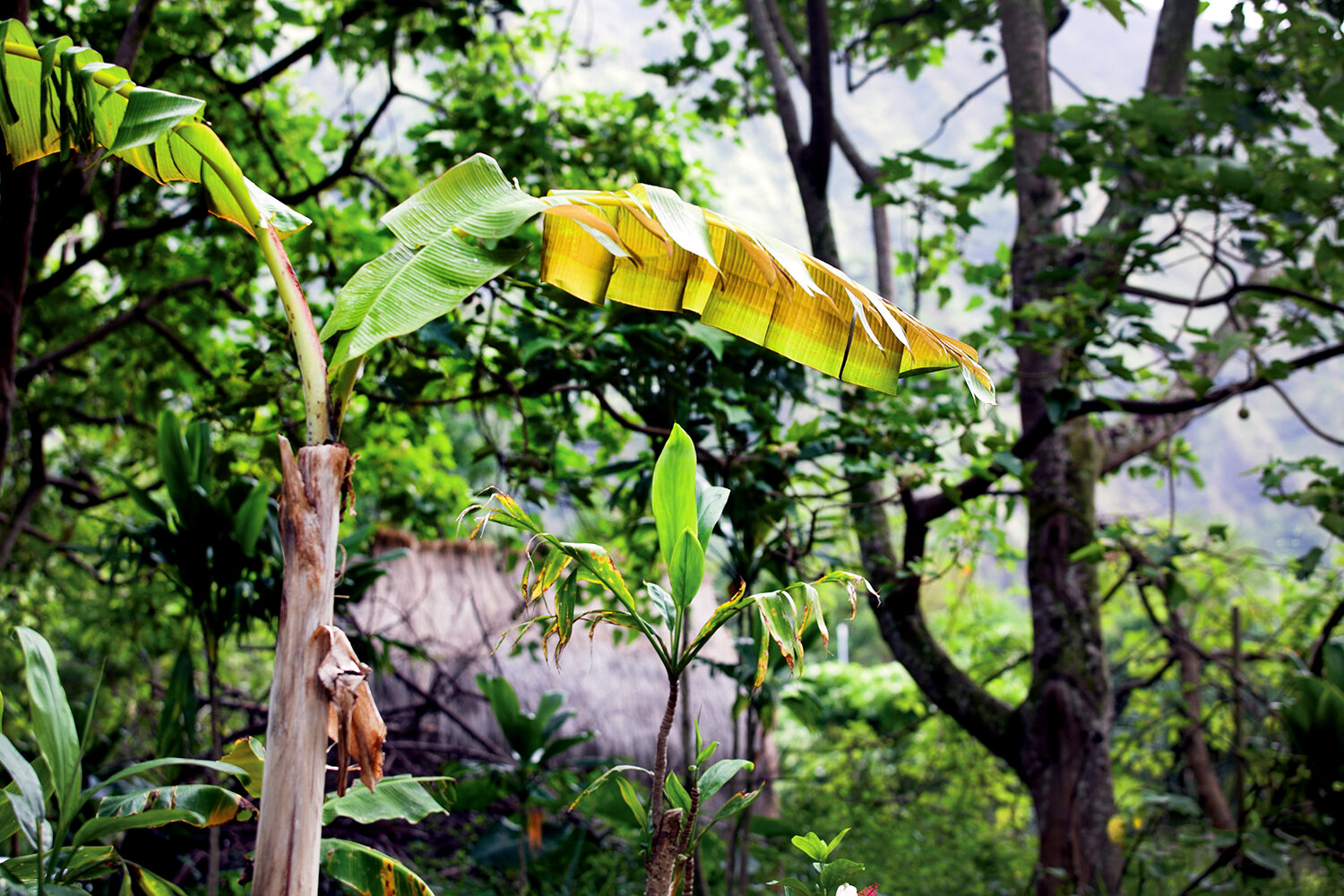Konohiki Calling
Photography to accompany Naomi Sodetani’s feature on the efforts of three community groups in Heʻeia, Oʻahu, to revitalize the sustainable land management and agricultural practices of indigenous Hawaiians.
At Heʻeia Fishpond, one of the largest Hawaiian fishponds still in-tact, Paepae o Heʻeia is clearing mangrove and repairing the wall and gates; in the breadbasket of Hoi, Kākoʻo ʻŌiwi is reclaiming critical farmland and growing kalo; and upland at Waipao, the rain collects against the Koʻolau mountains to create a lush upland forest maintained and stewarded by a Kamehameha Schools initiative.
Photographed for Summit in June of 2015 at Heʻeia Fishpond, Mahuahua 'Ai o Hoi, and Waipao in Heʻeia, Oʻahu.

















